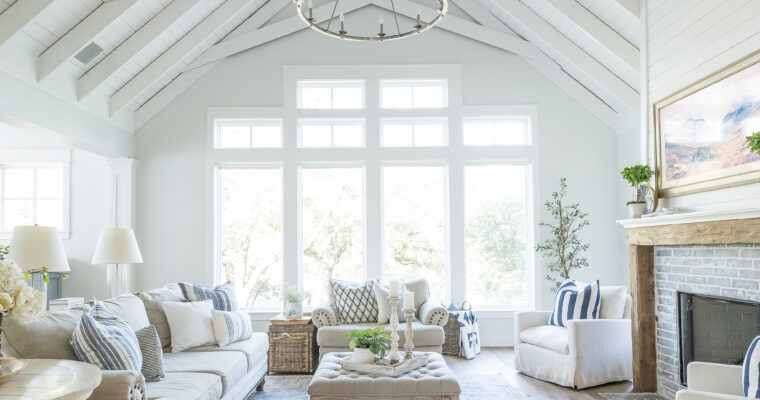
How to Position your Home for Optimal Sunlight
If you’re building a new home or renovating an existing one, you may wonder how to best position your house for optimal sunlight. After all, natural light has many benefits, including improved mood and decreased energy costs. To help you make the most of the sun’s rays, I’ve put together a few tips on how to position your home for great natural light.


1. Consider the climate.
Depending on where you live, the sun may be in a different place at different times of the year. For example, in the northern hemisphere, the sun is lower in the sky during winter months and higher in the sky during summer months. As such, it’s important to take the local climate into account when deciding how to position your home for optimal sunlight.

Additionally, more northern areas may have fewer hours of daylight in the winter. In those cases, it may be even more important to find ways to get light into the home. You may want to take advantage of warm west direct light in addition to the next tip.

2. Utilize south-facing windows when possible for best natural sunlight.
In the northern hemisphere, south-facing windows will let in the most sunlight during winter months, when the sun is lower in the sky.
Furthermore, light coming in from the south is mostly indirect or ambient. This means that you are less likely to be blinded by direct light shining through your south-facing windows. Ambient light fills the room with beautiful natural light but doesn’t cause harsh light and shadows.
Conversely, sunlight from the East and West is considered direct light. It will stream directly into your home in the mornings and afternoons. At these times, you’ll notice harsh bright spots and dark shadows.
Usually, a southern exposure is best, but that doesn’t mean you should ONLY have windows facing south. It means you should consider having more and larger windows facing south. And trying to make sure the spaces you spend the most time in during the day (maybe the Kitchen, Living Room, Dining Room) take advantage of the southern exposure.

3. Consider other factors beyond orientation for natural sunlight.
The orientation of your home is just one factor to consider when it comes to positioning for optimal sunlight; other factors can affect how much light your home receives as well.
For example, trees, porches, and other buildings can block sunlight from entering your windows. As such, it’s important to take a comprehensive approach when considering how to best position your home for optimal sunlight.
For example, if you must face your largest windows to the west in Texas (like we did), consider shading the windows with a covered porch, or utilizing existing trees to filter the harshest afternoon direct light.
If you live in a northern area, you may want to avoid blocking any southern light with porches or trees.

4. Let the sun shine in.
Once you’ve taken all of the above factors into account, it’s time to let the sunshine in! Open up those curtains and enjoy the natural sunlight in your beautifully positioned home.
There are many benefits to letting natural light into your home, so it’s worth taking the time to figure out how to best position your house for optimal sunlight exposure. By considering the local climate and utilizing south-facing windows, you can maximize the amount of natural light in your home and enjoy all of the benefits that come with it.
Of course, you’ll want windows on all sides of your house, but if it is possible, you may want to make sure your largest windows take advantage of a southern exposure.

- Why “Boring” Is Better: The Smart Way to Choose Finishes for Your New Build
- The Beauty of Negative Space in Home Design: Simple Elegance of “Less is More”
- Let’s Breakdown How Builders Add Fees on Top of Subcontractor Costs: What Homebuyers Should Know
- Answering Your Home Insulation Questions
- 10 Simple Home Design Ideas for Lazy People